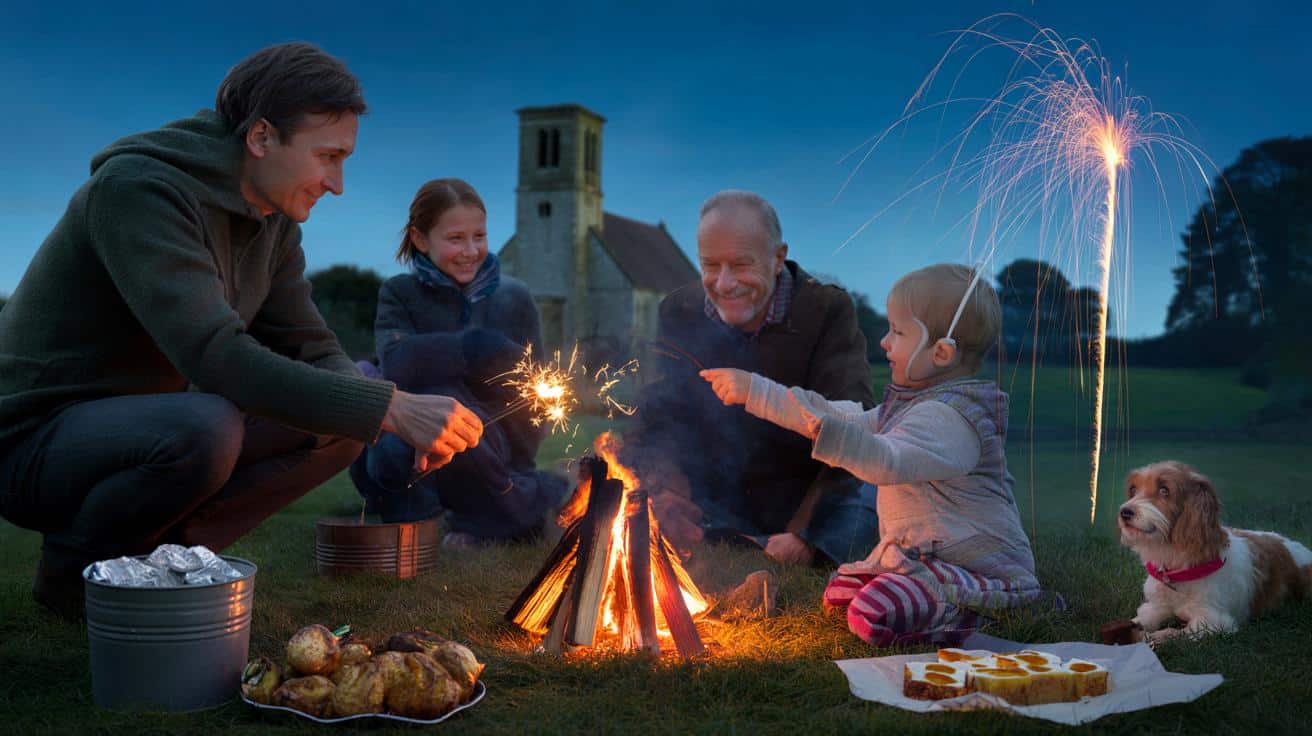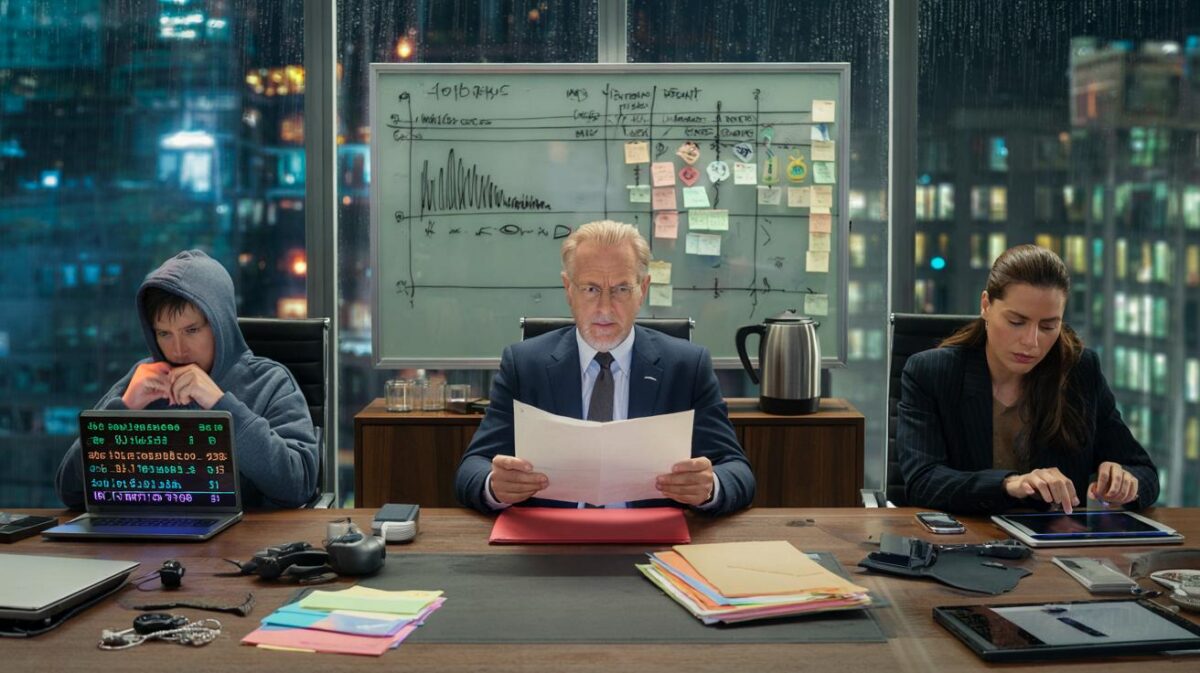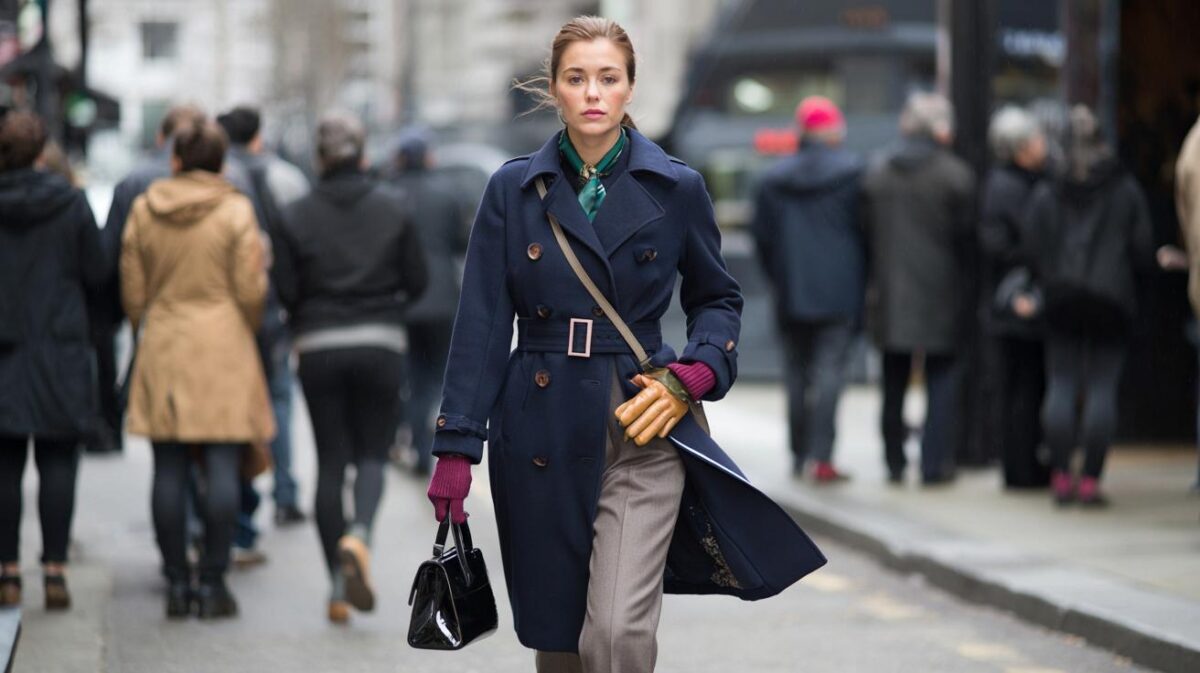Bonfire Night lights up the sky each November, yet its loudest moments come from a past many of us barely hear. Behind the rockets and the selfies lies a quieter story about law, loyalty, and who got to speak in public. Once you know it, the bangs sound different.
Kids in woolly hats shuffle in a muddy field, palms sticky with toffee, while parents warm their hands on paper cups. A rocket springs up, leaves a white scratch on the dark, then bursts into cheers that ripple like quick rain.
Beside me, an older neighbour flinches at each thump. He smiles like he doesn’t want to spoil the fun, yet the noise lands heavy. Over the hedge, the church bell clacks, and for one jagged second the bell and the fireworks almost keep time.
Whose night is this, really?
The other story behind the sparks
British memory telescopes Bonfire Night into a single name: Guy Fawkes. The quieter truth is collective, scripted, and far more domestic. After the Gunpowder Plot was thwarted in 1605, Parliament didn’t just celebrate. It mandated an annual day of thanksgiving with church services, bell-ringing and bonfires.
The Observance of 5th November Act, 1606, told parishes to gather and give thanks. In small villages the night sounded like prayers echoing off stone, not fireworks tearing open the sky. Diaries from the period mention sermons and psalms, then a blaze that people ringed with talk, ale, and wary humour.
Public order and public theatre grew together. Fire tamed fear, and ritual tamed memory. Effigies came later, first of the Pope, then of the “guy,” as anti-Catholic pageantry seeped into street life. The word bonfire, from “bone-fire,” once meant a literal heap of bones alight. The flames had names before they had colour.
Across the Atlantic, the tradition took on its own swagger. “Pope Day” in colonial Boston became an excuse for riots, rowdy parades, and political point-scoring. When that energy flowed home again, towns like Lewes embraced a brasher identity, their multiple processions and effigies turning a state ritual into a folk carnival.
Elsewhere, the evening stayed homely. Early records talk about children with lanterns and adults minding embers, not choreographed fireworks. As gunpowder displays grew cheaper and louder in the 19th century, the spectacle detached from the sermon. The moral softened. The crackle stayed.
Modern Bonfire Night sits on that tension. It’s part civic ritual, part family evening, part myth. Read the old proclamations and they throb with anxiety about loyalty and plotters in the shadows. Listen to the field today and it’s about parkin, sparklers, and a chance to be together in the dark.
Rethinking the ritual today
There’s a kinder way to keep the tradition without letting the noise drown the meaning. Start earlier, at blue hour, when the sky holds its breath. Use **low-noise fireworks** or confetti mortars, then build your rhythm with a single, steady bonfire.
Fold in a small reading that reframes the night. A paragraph from the 1606 thanksgiving prayer, a line about tolerance, or a note from local history about how your town marked 5 November in past centuries. Keep it short. Let the fire do the talking.
Food is memory, too. Warm jacket potatoes in the embers, stir a pan of peas and vinegar, pass parkin in wax paper. Invite neighbours you barely know. Start a “Who remembers their first Bonfire Night?” round. That’s the bit people carry home.
Common friction points aren’t character flaws; they’re logistics. Speak to neighbours on shifts or with pets, and share your timing. Put a quiet hour on the invite so families with babies can judge it. We’ve all had that moment where the first bang jolts a sleeping child back to tears.
Give kids agency, not just sugar. Let them write a single wish on scrap paper and feed it to the flames. Offer ear defenders without fuss. Keep a bucket of water by the gate and a metal tin for spent sparklers. Let’s be honest: nobody really does that every day.
Texture matters. Make space for a pause between bursts, for a name spoken aloud, for a laugh that isn’t shouted over. The old night was built on words before it was built on rockets.
“Rituals survive when they make room for listeners as well as storytellers.”
- Pick a time window and stick to it.
- Swap big bangs for colour wheels, fountains, and torches.
- Share one short reading or memory before lighting the fire.
- Serve simple, warm, easy-to-hold food.
- Finish with a clean-up and a thank-you message.
What changes when you listen for silence
The silent parts of Bonfire Night tell you why it stuck. You hear the old anxiety about loyalty and belonging, and the new desire to be together without picking sides. You feel the civic pulse and the kitchen-table warmth, beating against each other like two drums.
There’s the layered history we rarely name. James I’s court and its searchers in the cellars. The Act that made church bells a national heartbeat for a day. The slow drift into effigies and street theatrics, then the safe suburban sparkler that defined a generation.
Listen long enough and the bangs stop being the headline. You notice the faces around the fire, and the way people lean in to talk. A child’s hand in a mitten. A dog that stops shaking once the crackles fade. *Maybe the loudest part of the night is the bit we share quietly.*
| Point clé | Détail | Intérêt pour le lecteur |
|---|---|---|
| 1606 thanksgiving roots | Parliament created an annual day of prayer, bells and bonfires after the Plot | Reframes the night as civic ritual, not just fireworks |
| From riots to family night | Pope Day, Lewes processions, and shifting public theatre across centuries | Makes sense of the contradictions you still see today |
| Quieter ways to celebrate | **The quiet history** inspires low-noise displays, pauses, and shared stories | Practical ideas to reduce stress for kids, pets, and neighbours |
FAQ :
- Where does Bonfire Night come from?The foiled Gunpowder Plot of 1605. Parliament set 5 November as a day of thanksgiving in 1606, with church services, bell-ringing, and bonfires.
- Were fireworks always part of it?No. Early observance leaned on sermons and bonfires. Fireworks grew common in the 18th and 19th centuries as public displays spread.
- Why burn a “Guy”?Effigy burning evolved from anti-Catholic pageantry, often targeting the Pope, then focusing on Guy Fawkes. Today some towns opt for symbols or none at all.
- How can I mark the night if I have anxious pets or little kids?Choose **low-noise fireworks**, set a short time window, add music or storytelling, and keep ear defenders handy. Close doors early and create a calm room for pets.
- Is Bonfire Night celebrated outside the UK?Echoes exist. Colonial “Pope Day” once ran in New England. The UK tradition remains the core, with strong regional flavours like Lewes in Sussex.








